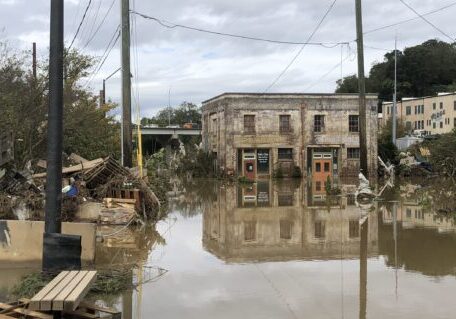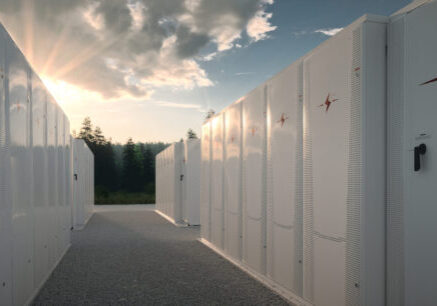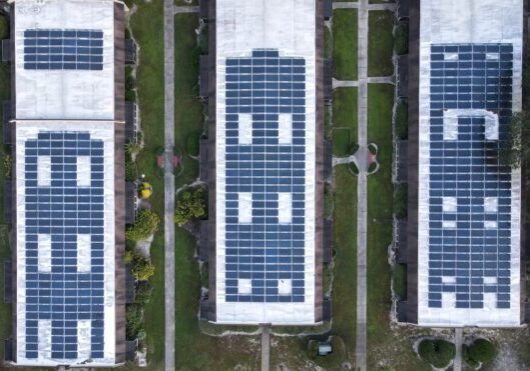October 24, 2013
Energy Innovation in the States: From Energy Storage to Offshore Wind
By Lewis Milford
There are those who say that the U.S. needs to focus more on innovation to create new clean energy technologies, rather than relying entirely on existing technologies like solar PV and land-based wind. They are right.
But such criticism, which is usually rightfully directed at declining federal support for clean energy innovation, often overlooks the powerful clean energy innovation that is supported by states. State policy innovations across the country are helping to accelerate development of many new clean energy technologies that are not yet mainstream or fully commercialized.
A recent case in point is energy storage technology and California. Last week, California used creative policy mandates to help usher in large-scale energy storage. This is an emerging clean energy sector that uses new types of batteries and other technologies to store electricity during times of high demand, excess generation, or when “intermittent” renewable resources like solar and wind are not generating power.
The new order from the California Public Utility Commission (CPUC) is also a lesson in how state policy innovation should be used to create new technology markets like offshore wind. Its elements could be a template for how any state uses policy to accelerate adoption of emerging clean energy technologies.
In the October 17 order, the CPUC said it must act to help jumpstart this “nascent market” of energy storage. It acted because of the important renewable goals the state must meet—and storage is critical to fill in for the “intermittent” renewable resources on the grid.
How the CPUC, spearheaded by CPUC Commissioner Carla Peterman, did it is an object lesson in the power of smart state energy innovation:
- Targets. It set a mandated 10-year target by 2024, when utilities must acquire 1325 megawatts of energy storage.
- Utility Sharing. Each of the three largest utilities in the state was assigned a specific procurement target to reach that 10-year mandate.
- Interim Purchases. The order sets a schedule of two-year, interim procurement targets that utilities have to reach to get to the 10-year level.
- Private Business Models. The order limited the amount of utility-owned storage to 50% of the mandates, opening up the business to private developers.
- Only Emerging Technologies. The CPUC did not allow older “pumped storage,” a proven technology, to be included in the mandate, so not to undermine the order’s innovation-driven purpose. Whether this is sufficient to accelerate truly new storage technologies, or whether it will boost existing ones like batteries –without a carve out for truly new technologies — is an open question.
- Competitive Solicitations. The way utilities are to acquire new storage technologies is through a series of competition solicitations, forcing least-cost bids from developers.
- No Upfront Cost Controls. Because storage is an emerging technology with little cost experience at scale, the state was smart to avoid doing elaborate cost studies or imposing up-front cost caps that are often used to slow down policy support and stymie technology development. Instead, the CPUC order allows the market to develop over time, to determine the costs and benefits of emerging technologies, and allows utilities to defer acquisition if the costs prove to be too high– a classic case of learning by doing and letting the market drive the future policy positions.
There are other details in the order. But overall, it shows, once again, that states are leading the way on technology innovation, while the Beltway fails to increase federal spending for clean energy innovation.
The CPUC order also suggests how state policy can accelerate the introduction of other emerging clean energy technologies like offshore wind – through a systematic strategy that includes long-term mandatory targets, interim purchase commitments, integration of new private-sector business models and flexible cost controls.
That last point is especially important for offshore wind. Some proponents think that elaborate up-front cost studies are critical to drive state policy, when in fact the opposite is true for emerging technologies. Market development at scale will determine costs and policy support should be flexible to accommodate those evolving costs in the future. Because it is impossible to predict future cost trends for emerging technologies, it is better to avoid stalling policy by waiting for the elusive perfect cost studies to be done. That is a key take-away from the California storage order that should be applied to other emerging clean energy technology policies.
While federal action in DC dawdles, the states continue to lead the way on clean energy innovation. They prove once again—like the proverbial joke about walking and chewing gum—that states can do deployment and innovation at the same time.














